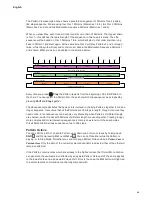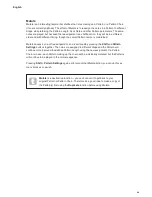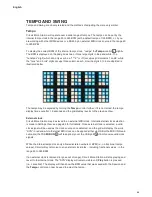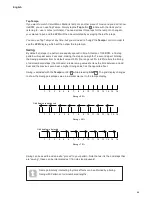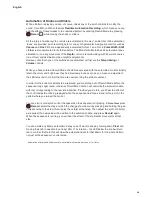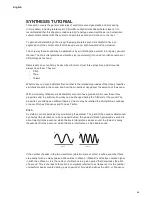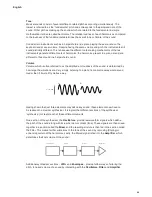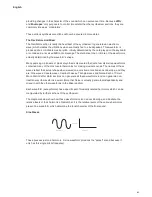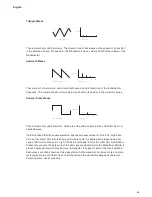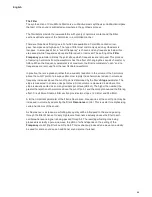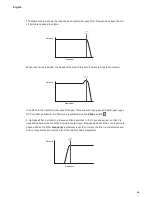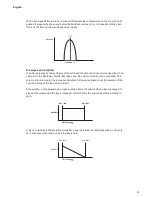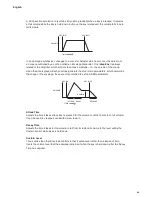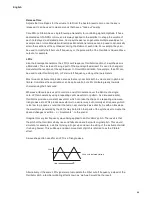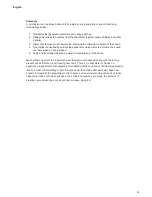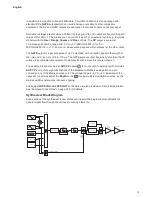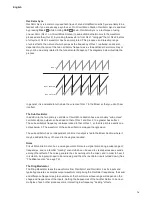
59
English
SYNTHESIS TUTORIAL
This section covers the general principles of electronic sound generation and processing
in more detail, including references to Circuit Mono Station’s facilities where relevant. It is
recommended that this chapter is read carefully if analogue sound synthesis is an unfamiliar
subject. Users familiar with this subject can skip this section and move on to the next.
To gain an understanding of how a synthesiser generates sound it is helpful to have an
appreciation of the components that make up a sound, both musical and non-musical.
The only way that a sound may be detected is by air vibrating the eardrum in a regular, periodic
manner. The brain interprets these vibrations (very accurately) into one of an infinite number of
different types of sound.
Remarkably, any sound may be described in terms of just three properties, and all sounds
always have them. They are:
• Pitch
• Tone
• Volume
What makes one sound different from another is the relative magnitudes of the three properties
as initially present in the sound, and how the properties change over the duration of the sound.
With a musical synthesiser, we deliberately set out to have precise control over these three
properties and, in particular, how they can be changed during the “lifetime” of the sound. The
properties are often given different names: Volume may be referred to as Amplitude, Loudness
or Level, Pitch as Frequency and Tone as Timbre.
Pitch
As stated, sound is perceived by air vibrating the eardrum. The pitch of the sound is determined
by how fast the vibrations are. For an adult human, the slowest vibration perceived as sound is
about twenty times a second, which the brain interprets as a bass sound; the fastest is many
thousands of times a second, which the brain interprets as a high treble sound.
Time
Time
A
B
If the number of peaks in the two waveforms (vibrations) are counted, it will be seen that there
are exactly twice as many peaks in Wave B as in Wave A. (Wave B is actually an octave higher
in pitch than Wave A.) It is the number of vibrations in a given period that determines the pitch
of a sound. This is the reason that pitch is sometimes referred to as frequency. It is the number
of waveform peaks counted during a given period of time which defines the pitch, or frequency.
Summary of Contents for Circuit Mono Station
Page 1: ......
Page 93: ...93 English...









